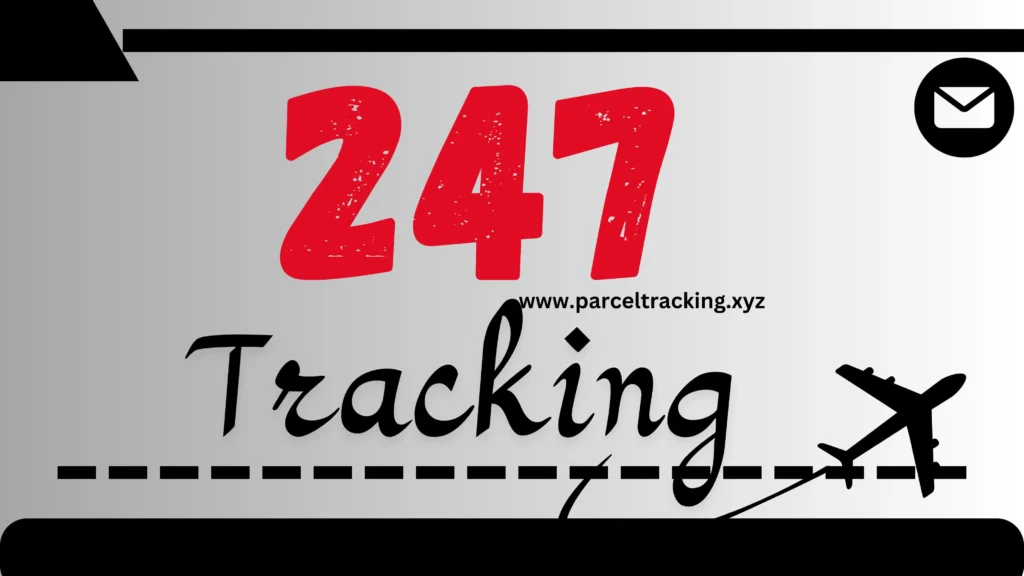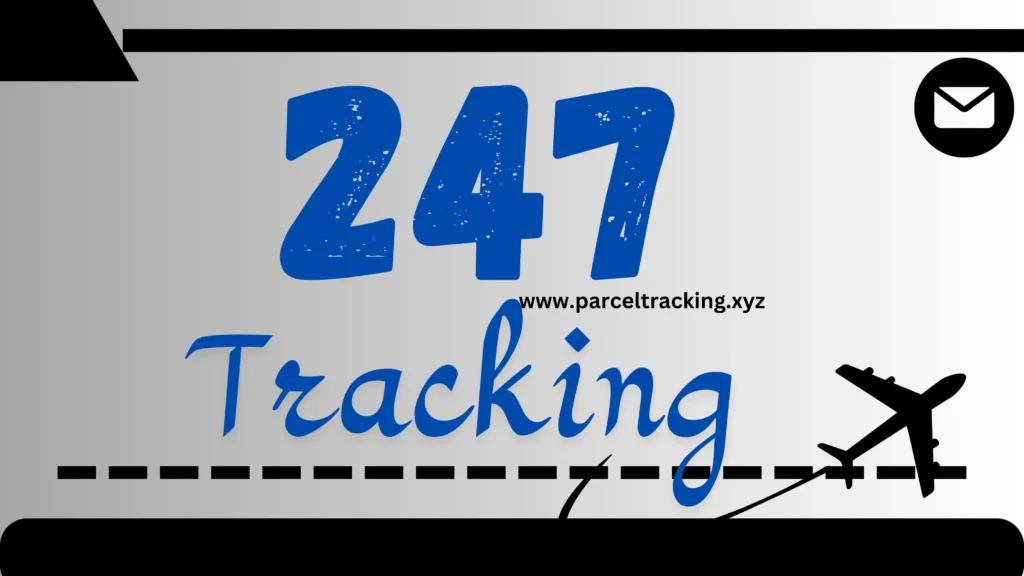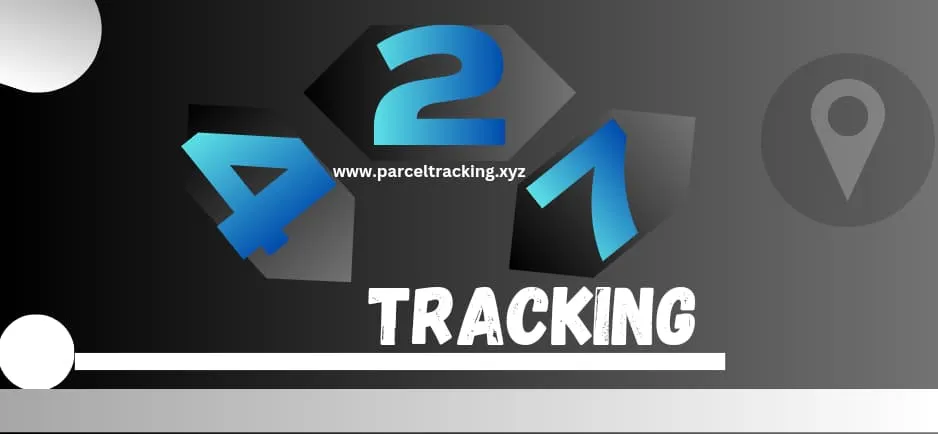In today’s connected world, Tracking 247 technology has become a part of our daily lives. From keeping tabs on our fitness goals to ensuring our packages arrive on time, tracking systems work around the clock to help us stay informed and organized. Let’s explore how these technologies work and how they affect our lives.
What is Tracking 247?
Continuous monitoring means keeping track of something all day and night without stopping. Think of it like having a friend who’s always watching and taking notes. Modern tracking systems use GPS satellites, internet connections, and tiny sensors to collect information about where things are and what they’re doing.
Common Types of Tracking Systems
GPS Tracking
Global Positioning System (GPS) is like a giant network of space helpers. These satellites circle Earth and send signals that help our phones and other devices figure out exactly where we are. When you use your phone’s map app to find directions, it’s using GPS to track your location and guide you to your destination.
GPS tracking helps in many ways:
- Finding the fastest route to school or work
- Watching where delivery trucks are going
- Helping parents know their children are safe
- Guiding emergency helpers to people who need help
Fitness Tracking
Health monitoring has become super popular with smartwatches and fitness bands. These devices track things like:
- How many steps you take each day
- Your heart rate while exercising
- How well do you sleep at night
- How many calories do you burn
These trackers work by using special sensors that can feel your movement and heartbeats. They’re like tiny scientists studying your body all day long.
How Tracking Technology Works
Sensors and Data Collection
Smart sensors are like tiny detectors that can measure all sorts of things. They might check:
- Movement and speed
- Temperature changes
- Sound levels
- Light brightness
- Heart rate and breathing
These sensors turn what they detect into numbers that computers can understand. It’s like translating the physical world into a language that machines can read.
Data Processing
Once the sensors collect information, computer systems get to work making sense of it all. They’re like super-fast calculators that can:
- Sort through huge amounts of data
- Find patterns in the information
- Make smart guesses about what might happen next
- Turn complicated numbers into easy-to-understand reports
Cloud Storage and Access
All this tracking information needs to be stored somewhere safe. That’s where the cloud comes in. The cloud is like a giant digital filing cabinet in the sky that keeps all our tracking data organized and easy to find when we need it.

Benefits of Tracking 247
Personal Safety
Safety monitoring helps protect people in many ways:
- Letting parents know where their kids are
- Helping find lost pets
- Watching over elderly family members
- Keeping track of valuable items
Health and Wellness
Health tracking helps people stay healthy by:
- Reminding them to move more
- Checking if they’re getting enough sleep
- Watching for unusual heart patterns
- Helping them eat better
Business and Logistics
Companies use tracking to:
- Know where their delivery trucks are
- Make sure products arrive on time
- Keep track of important equipment
- Watch how their workers stay safe
Privacy and Security Concerns
Data Protection
While tracking can be helpful, it’s important to keep the information safe. Data security means:
- Using strong passwords
- Encrypting important information
- Being careful about who can see the tracking data
- Following rules about protecting private information
Privacy Rights
Everyone has the right to privacy, so it’s important to think about:
- Who can track your location
- What information is being collected
- How long the data is kept
- Who can see your personal information
Future of Tracking Technology
Artificial Intelligence Integration
Smart tracking systems are getting better with artificial intelligence. These systems can:
- Learn from patterns in the data
- Make better predictions
- Understand complex situations
- Help make smarter decisions
Internet of Things (IoT)
The Internet of Things means more devices can talk to each other and share tracking information. This includes:
- Smart home devices
- Connected cars
- Wearable technology
- Smart city systems
Best Practices for Using Tracking Systems
Setting Up Tracking
To use tracking systems well:
- Choose the right type of tracker for your needs
- Make sure it’s set up correctly
- Test it to make sure it works
- Keep the software updated
Managing Data
Good data management means:
- Regularly checking the tracking information
- Backing up important data
- Removing old data you don’t need
- Keeping track of who can see the information
Tracking in Different Industries
Healthcare
Hospitals and doctors use tracking to:
- Watch the patient vital signs
- Keep track of medical equipment
- Make sure medicines are stored properly
- Schedule patient care
Transportation
The transportation industry uses tracking for:
- Following delivery routes
- Watching fuel usage
- Planning better schedules
- Keeping passengers informed
Manufacturing
Factories use tracking to:
- Watch production lines
- Check product quality
- Manage inventory
- Keep workers safe

Making Tracking Work for You
Choosing the Right System
When picking a tracking system:
- Think about what you need to track
- Check if it’s easy to use
- Make sure it’s reliable
- Consider the cost
Regular Maintenance
To keep tracking systems working well:
- Check them regularly
- Replace batteries when needed
- Update software
- Fix problems quickly
Conclusion
Tracking 247 has changed how we live and work. From keeping us healthy to making businesses run better, tracking technology helps in many ways. As these systems get smarter and more connected, they’ll find new ways to make our lives easier and safer. Just remember to use tracking responsibly and protect your privacy while enjoying its benefits.
Remember: The best tracking system is one that helps you achieve your goals while keeping your information safe and private. Whether you’re using it for personal safety, health, or business, make sure to choose and use tracking technology wisely.
Frequently Asked Questions About Tracking 247
1. Is Tracking 247 safe for my privacy?
Privacy concerns are important when using tracking systems. Most modern tracking platforms use strong encryption to protect your data. However, you should always read the privacy policy carefully and understand what information is being collected. Choose reputable tracking services that follow data protection laws and give you control over your information-sharing preferences. It’s also wise to regularly review who has access to your tracking data and update your privacy settings accordingly.
2. How accurate is GPS tracking?
GPS accuracy typically ranges from 10 to 30 feet in normal conditions. Think of it like having a helper who can point to where you are on a map, but might be off by a few steps. Accuracy can be affected by things like tall buildings, dense tree cover, or bad weather. Newer GPS systems are getting better, especially when they work together with other location technologies like cell towers and Wi-Fi networks.
3. How much battery life does continuous tracking use?
Battery consumption is an important consideration for tracking devices. Continuous tracking can use significant battery power since it’s constantly working to update your location. Most modern tracking devices can last 1-2 days with regular use. Many devices now have smart power management features that help save battery life by adjusting how often they update their location based on movement or time of day.
4. Can I track someone without them knowing?
Tracking consent is both a legal and ethical requirement in most places. It’s usually against the law to track someone without their knowledge and permission, except in specific cases like parents tracking young children or businesses tracking company-owned devices. Always make sure you have proper permission and follow local laws regarding tracking others.
5. What happens if my tracking device loses connection?
Most tracking systems are designed to handle connection losses. When a device loses its signal, it usually stores the tracking data locally and uploads it when the connection returns. Think of it like taking notes while your internet is down – you still have the information, but you’ll share it later when you’re back online.
6. How much does Tracking 247 typically cost?
The cost of tracking varies widely depending on what you’re tracking and what features you need. Basic personal tracking through smartphone apps might be free or cost a few dollars per month. Professional systems for businesses or advanced features can cost anywhere from $10 to $100 monthly per device. Remember to consider both the device cost and any monthly service fees.
7. Can tracking devices work worldwide?
Global coverage depends on the type of tracking system you’re using. GPS tracking works worldwide since it uses satellites, but cellular-based tracking needs local cell service to transmit data. If you plan to use tracking internationally, make sure your system includes global coverage and check if there are additional fees for international use.
8. What’s the difference between active and passive tracking?
Active tracking provides real-time location updates, like watching a dot move on a map as someone drives. Passive tracking records location history that you can look at later, like seeing where someone went after they returned. Active tracking needs a constant internet connection and uses more battery, while passive tracking can save power by updating less frequently.
9. How long is tracking data stored?
Data retention policies vary by service provider. Some systems keep data for 30 days, while others might store it for a year or more. Think about how long you need to keep your tracking history and choose a service that matches your needs. Many providers let you choose how long to keep your data or manually delete it when you don’t need it anymore.
10. What should I do if my tracking device is stolen or lost?
When a tracking device is lost or stolen, first change your account passwords to protect your data. Many tracking services include features to remotely wipe sensitive information. You should also contact your service provider to report the loss and possibly disable the device. If the device was stolen, consider filing a police report, especially if it contains sensitive personal information.
These answers help explain how tracking works in everyday language while covering important points about privacy, practical use, and safety. Each response gives background information to help you understand not just the “what” but also the “why” behind tracking technology.




Thank you for sharing this informative post. You nailed it explaining your points. Looking forward to more posts.
Your article is a game-changer; it pushed my perspective.